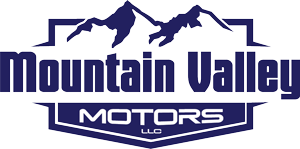Tires – Inflation DOT Other Information
What do you know about your tires? – Tire information series Inflation Pressures Today in our series on tire information we will look at some more important information contained in the fine print on the side of your tires. Every tire has a rated maximum inflation pressure. Often it will be found in small print […]
